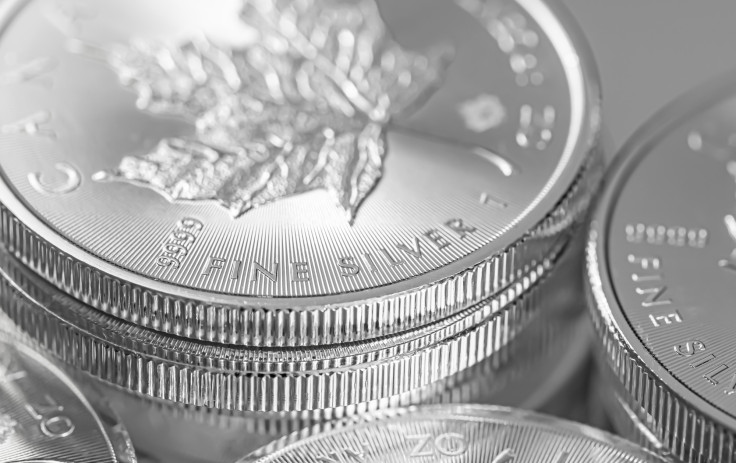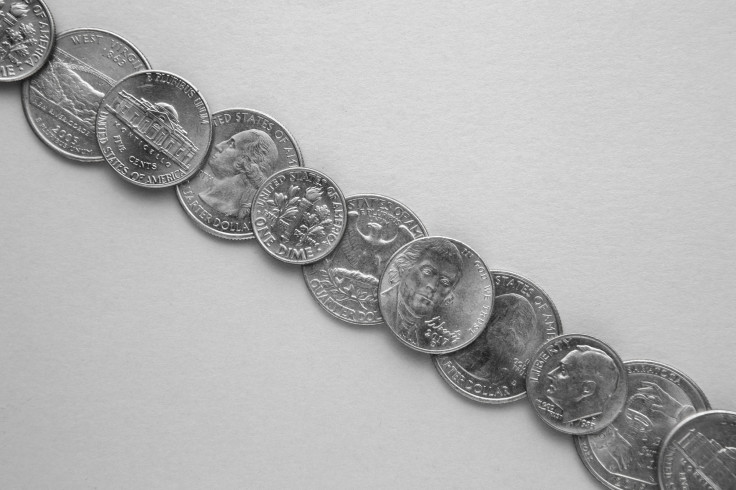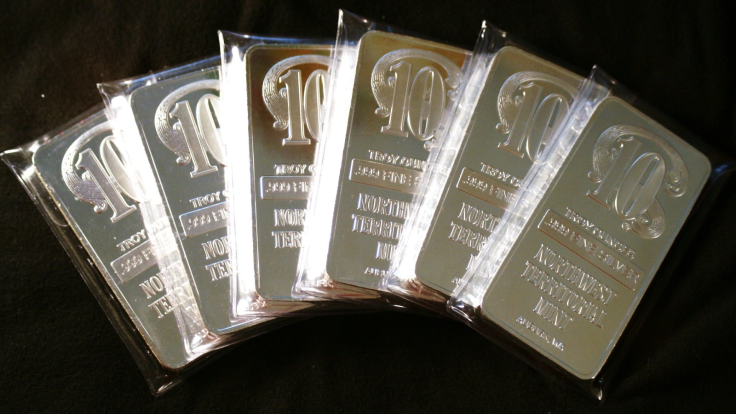Silver Prices Hit Record Highs and Shock Investors: Truth Behind the Metal's Viral $50 Surge Baffles Markets
Silver's viral $50 breakout shocks markets — analysts scramble to explain the metal's historic rally

In a dramatic turn for precious metals, silver has blasted past $50 per ounce, pulling investors into a frenzy of speculation and confusion.
The sudden rally, coinciding with gold's own record highs, has ignited debates across markets: is this a safe-haven surge, a short squeeze, or a bubble in the making?
As portfolios tremble and headlines erupt, the truth behind silver's viral spike may unsettle even veteran traders.
Silver Breaks Historic Barrier Amid Gold's Meteoric Rise
On 9 October 2025, silver breached the $50 mark in intraday trading, reaching as high as $51.23 per ounce—its highest level since the infamous Hunt brothers' squeeze in 1980.
The milestone follows a dramatic rally in gold, which recently hit a record $4,000 per ounce, narrowing the gold-to-silver ratio from 100 to 82.
The surge marks a 70% year-to-date gain for silver on the London market, outpacing gold's 55% gain and drawing comparisons to previous speculative booms.
Analysts at Kitco News noted that 'silver's achievement was inevitable, given the metal's undervaluation relative to gold and its dual role as both an industrial and investment asset.
What's Driving the Rally?

Several factors have converged to fuel silver's meteoric rise:
- Safe-haven demand: Investors are flocking to precious metals amid concerns over US fiscal stability, rising geopolitical tensions, and an overheated stock market.
- Tight supply: The London bullion market has seen a squeeze in silver availability, exacerbated by increased industrial demand for electronics and solar technologies.
- Dollar weakness: Silver's strong negative correlation with the US dollar and Federal Reserve interest rate policy has amplified its appeal.
Silver's rally was sparked by gold's breakout and intensified by technical momentum, with silver jumping over 3% in a single day.
Investor Reactions: Euphoria and Caution
The unexpected surge has left investors divided. Some view the rally as a long-overdue correction, while others warn of speculative excess.
Market veterans recall the 1980 silver bubble, when prices collapsed by more than 50% following a failed attempt to corner the market.
Retail investors have flooded social media with posts celebrating the milestone, fuelling viral interest in silver ETFs and physical bullion.
However, financial advisors caution against chasing the rally without understanding the underlying risks.
Historical Context: Echoes of 1980 and 2011

Silver's previous all-time high of $49.95 was set in January 1980 during a controversial attempt by the Hunt brothers to manipulate the market.
A similar spike occurred in 2011, when silver reached $48.70 amid post-recession stimulus and inflation fears.
This latest rally, however, appears to be driven more by macroeconomic fundamentals than manipulation.
Analysts suggest that if gold remains stable above $4,000, silver could continue its upward trajectory, potentially surpassing previous highs on a sustained basis.
What Investors Should Watch & Strategy Thoughts
- Confirm Supply Data — Monitor London inventory reports and COMEX metrics to validate whether the squeeze is genuine.
- Watch Central Bank Moves — Any shift away from dovish policy could reverse sentiment quickly.
- Evaluate Entry Discipline — Avoid chasing the top. Consider dollar-cost averaging or smaller allocations.
- Use Hedged or Defined Risk Trades — Options or structured exposure can limit downside.
- Diversify Exposure — Given silver's volatility, it should be part of a broader portfolio rather than a dominant wager.
What Comes Next?
While silver's breakout has energised the market, its future remains uncertain. Some analysts predict consolidation around the $48–$52 range, while others foresee a correction if inflation cools or interest rates rise.
The International Precious Metals Institute warns that silver's volatility is historically high and urges investors to monitor central bank policy and industrial demand trends closely.
For now, silver's viral $50 moment has reignited debate about the role of precious metals in modern portfolios—and reminded markets that even the most stable assets can deliver surprises.
© Copyright IBTimes 2025. All rights reserved.





















